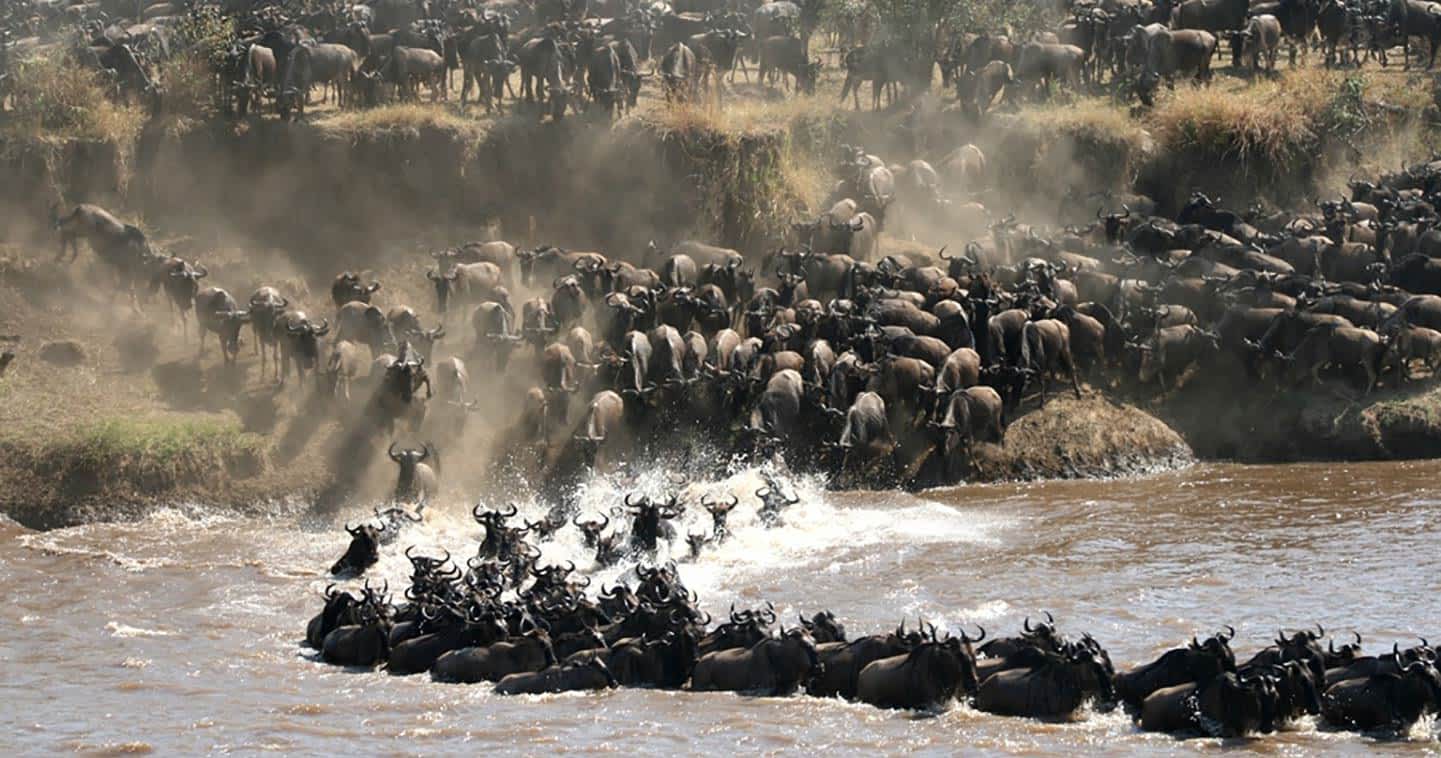Safari and Wildlife Experiences: Witnessing the Great Migration in Maasai Mara - A Guide to Nature’s Greatest Spectacle
Every year, the Maasai Mara in Kenya plays host to one of the most spectacular wildlife events on Earth—the Great Migration. This awe-inspiring journey sees over 1.5 million wildebeest, along with zebras and gazelles, travel through the Serengeti and Maasai Mara ecosystems, braving rivers, predators, and rugged terrain in a primal quest for fresh grazing lands. The Great Migration offers a once-in-a-lifetime opportunity for travelers to witness this natural wonder up close.
Here’s your comprehensive guide to the timing, best viewpoints, and insider tips for experiencing the Great Migration in the Maasai Mara.
The Great Migration: A Year-Round Journey
The Great Migration is often thought of as a single event, but it’s actually a year-round journey across Tanzania’s Serengeti and Kenya’s Maasai Mara. Here’s how it unfolds:
- January to March: Calving season begins in the southern Serengeti. Thousands of newborn wildebeests take their first steps, attracting predators like lions, leopards, and hyenas.
- April to June: With fresh grass depleted, the herds begin their journey northward towards the western Serengeti and Grumeti River.
- July to October: As the herds reach the Mara River on the Serengeti-Mara border, they face their most dramatic challenge—the perilous river crossing. Thousands of wildebeests plunge into the Mara River, braving swift currents and lurking crocodiles to reach the Maasai Mara’s lush grazing lands.
- November to December: The herds start their journey back south as the rains return to the Serengeti, completing the cycle.
Timing Your Visit for the Mara River Crossing
The best time to witness the Great Migration in the Maasai Mara is from July to October, during the thrilling Mara River crossings. These months offer the most consistent chances to view the herds as they make their way through the river and into the Mara’s fertile grasslands.
Top Viewpoints for the Great Migration
When visiting the Maasai Mara to witness the Great Migration, here are some of the best spots for incredible vantage points:
1. Mara River Crossings (Mara Triangle)
The Mara Triangle is the prime spot to watch herds bravely cross the river, navigating its swift currents and dodging crocodiles. The river crossing scenes can be intense and heart-pounding, often lasting from a few minutes to several hours.
2. Musabi Plains
Located in the western Serengeti, these plains offer a unique perspective as the herds prepare to cross into the Maasai Mara. The open grasslands provide a wide-angle view of the endless lines of wildebeest, which can stretch as far as the eye can see.
3. Lookout Hill
This elevated area in the Maasai Mara offers panoramic views of the vast landscape, allowing visitors to spot herds from a distance as they move across the savannah. This spot is especially captivating at sunrise or sunset.
4. Oloololo Escarpment
The Oloololo Escarpment offers sweeping views of the Mara plains and is an ideal spot to observe the herds as they move through the grasslands. It’s also an excellent location for photography
Insider Tips for Experiencing the Great Migration
1. Plan and Book Early
The Great Migration draws visitors from all over the world, making it essential to book accommodations and safari guides well in advance—especially if you plan to visit during peak months. Many safari lodges and camps offer exclusive experiences, including riverfront camps for optimal viewing.
2. Choose a Guided Safari with Local Experts
Local guides know the landscape and the animals’ movements best. They can help you find the ideal viewing spots and time your visits to maximize your chances of seeing the migration at its peak.
3. Prepare for Changing Weather Conditions
The migration season spans from dry to rainy months. Pack for a range of weather conditions, including light clothing, rain jackets, and durable footwear for bush walks or open-vehicle safaris.
4.Take Advantage of Hot Air Balloon Safaris
For a truly unforgettable experience, consider a hot air balloon safari over the Maasai Mara. From the sky, you’ll have a bird’s-eye view of the endless wildebeest herds moving across the plains—a breathtaking way to appreciate the scale of the migration.
5. Practice Patience and Silence
Observing wildlife in its natural habitat takes patience. Many times, the wildebeest herds will gather at the riverbank before deciding to cross. A quiet, respectful approach allows animals to behave naturally and ensures a rewarding experience.
A Photographer’s Dream
The Great Migration is a photographer’s paradise, offering chances to capture dramatic wildlife encounters, expansive landscapes, and rich sunsets. For the best results:
- Opt for a telephoto lens to capture distant animals clearly.
- Use burst mode to capture fast-moving action, especially during river crossings.
- Consider taking wide-angle shots of the vast herds to convey the migration’s scale and drama.
Respect for Nature
Witnessing the Great Migration is a privilege that carries a responsibility. Respect park rules, keep a safe distance from animals, and avoid disrupting their movements. Responsible tourism ensures that the Maasai Mara remains a protected haven for wildlife and future travelers.
Conclusion
The Great Migration is a journey like no other, a breathtaking testament to the resilience of nature. From the thrilling Mara River crossings to the quiet moments of grazing herds, every scene unfolds against the stunning backdrop of the Maasai Mara. Whether you’re a seasoned safari-goer or planning your first wildlife adventure, witnessing the Great Migration is an experience that will forever deepen your connection to Kenya’s magnificent natural world.
